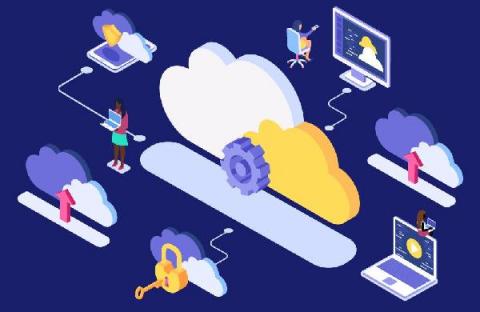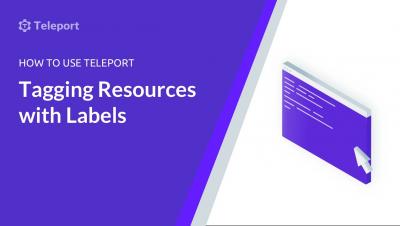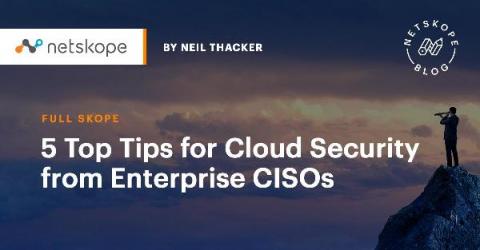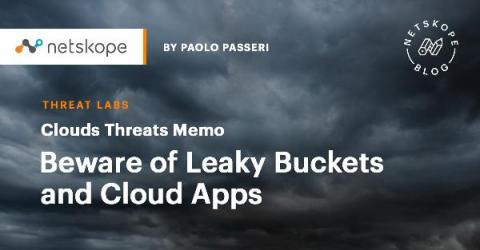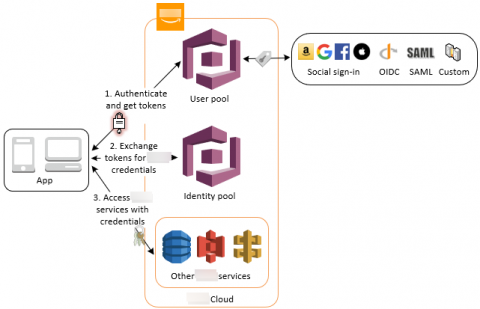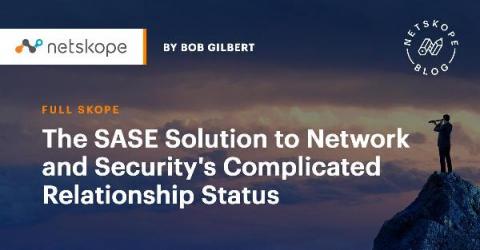Cloud Computing Security: A Primer
Gartner forecasts that worldwide public cloud end-user spending will grow 23% to USD 332.3 billion in 2021 as cloud technologies become mainstream. As cloud computing architectures continue to become more prevalent, “cloud native” has become a popular buzzword. But what exactly does “cloud native” mean and what impact does it have on security? How exactly do you secure all these cloud native applications?


